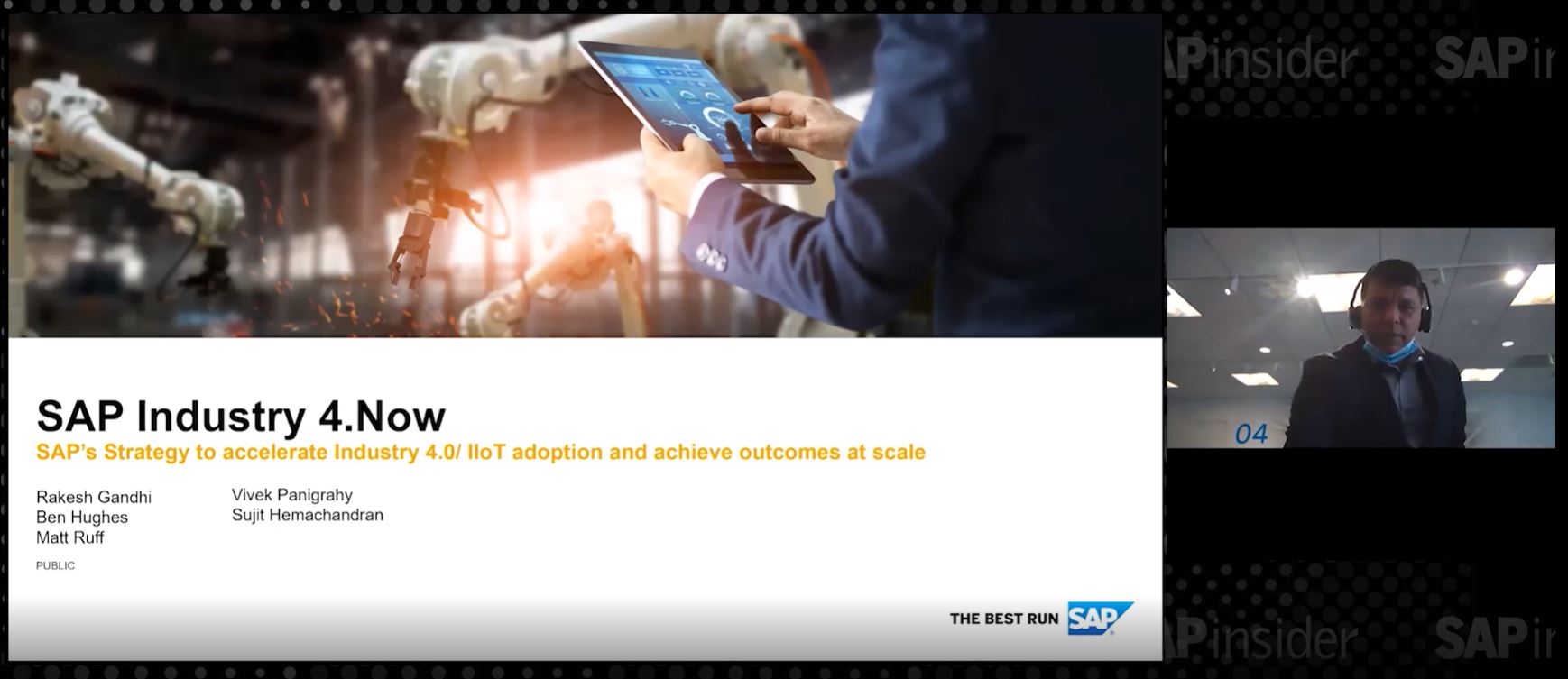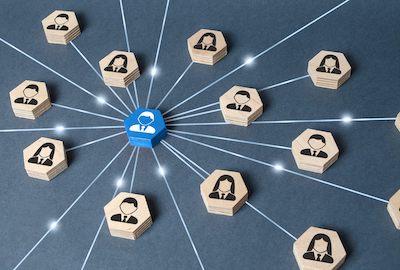Event-Driven Messaging Empowering Real-Time Factory Analytics Beyond the Plant
New SAPinsider report analyzes how to integrate factory operations with enterprise systems. Learn about the role of event-driven enterprise messaging.
SAPinsider has started to produce a research report titled, “Integrating SAP Systems with the Factory Floor,” which will show that leaders – SAP customers with integrated IT and operational technology (OT) systems – improve operations through increased visibility into the factory floor.
The report presents findings that demonstrate that leaders focus on extracting data from the factory floor for performance and planning analytics. To do so, they need the capabilities to translate proprietary OT protocols, analysis and processing on the shop floor to recognize sensor and production anomalies and to flag inventory levels that cross thresholds. The technology stack that delivers these capabilities needs not only to provide the protocol translation and initial processing but also a way to stream the right data to the right systems as the triggering events occur. To build on this research and to gain deeper insight into how SAP partners support event-driven enterprise messaging, we recently interviewed leadership at Solace about PubSub+ and its advanced event brokers.
Here, we share some of the initial findings from a survey of SAP customers we conducted on IT/OT integration in the factory, as well as what we learned from our conversation with Solace leadership, including how they help SAP customers react to events and triggers within their factories.
Visualizing Production and Performance
A close look at the drivers for IT/OT integration revealed leaders prioritize the need for greater visibility into their factories.
To increase visibility, leaders translate proprietary protocols on the shop floor and elevate the integration across multiple plants and the supply chain. Of course, factories can generate petabytes of data per day, and not every sensor reading provides value; so, leaders need data processing on-premise and event-driven messaging to trigger data streaming only when it will drive an action. Many organizations currently batch data to the cloud or to a data center at pre-defined intervals. This certainly provides value for reporting or coordination purposes, but if these companies want to react to inventory levels in real time or predict an issue as early as possible, they need event-driven messaging and data streaming.
Event-Driven Enterprise Messaging
The Internet of Things (IoT) or even the Industrial IoT (IIoT) does not create value in and of itself. It does nothing except collect and transmit data. In factories, sensors and industrial equipment collect and record data and events and transmit them to industrial PCs, programmable logic controllers (PLCs), routers, and/or gateways. These computing devices process the streams of data to some degree and can even run machine learning algorithms for predictive analysis. Still, this generates no value until an automated program or a human being interprets the output and reacts to it.
If the data shows no changes or no anomalies, the IIoT data often does not require any reaction. Usually, events or triggers drive action, which, in turn, generates real value.
For instance, Bosch has machines that glue parts together for some of its products. The gluing process requires a very controlled environment with temperature and humidity within specific ranges. Bosch rigged these machines with many sensors and connected them to their Rexroth IoT gateways. The application provided a dashboard on the shop floor for managers and engineers to watch, but that only delivers value when they see a spike or drop in temperature or humidity. Bosch quickly realized that production managers and inventory managers in other parts of the plant and even off-site would find it useful if they got notifications when the readings departed the specified ranges.
Bosch worked with Solace to deploy an event mesh with PubSub+. The event brokers within PubSub+ connected the OT-based dashboards with Bosch’s SAP systems and the Bosch IoT Cloud. PubSub+ now processes 20,000 messages per second and delivers events and anomaly details to the appropriate systems and managers within and beyond the plant.
What Does This Mean for SAPinsiders?
Based on the findings from our research on IT/OT integration, and our conversations with Solace leadership, the following will help SAP customers get more value out of their factory floor data:
- Push data to trigger actions in operations. By their nature, SAP systems allow users to pull data when they know they need it rather than pushing it to them before they know they need it. For operations teams to get the most value out of their data, they need data pushed to them in real-time as soon as an event requiring action occurs.
- Deploy IoT gateways that can process the data on-premise and run event broker software. Industrial PCs will no longer cut it by themselves. Many plants still use their original industrial PCs that came with equipment and machines decades ago, and no one has updated the software. Modern on-premise servers can generate value for on-premise workers, but if off-site supply chain and inventory managers need access to know when data crosses a threshold or an event occurs, then a gateway with an event broker might provide the most cost-effective way to get them that information.
- Deploy an event mesh that integrates with on-premise systems and SAP systems. As an SAP customer, anything that can impact financial and supply chain planning and procurement ultimately must integrate with the SAP system. Work with a solution that can easily integrate with both shop floor applications and SAP applications as well as any other cloud or enterprise applications on which your organization relies.
- Do not stop with the factory floor. The entire supply chain and all operations generate data, and operations managers need to react to that data when certain events occur or specific thresholds break. Identify the areas where event-driven messaging could lead to the biggest gains in operational efficiency and connect them to the event mesh.
Following this strategic guidance should help SAP customers integrate factory floor and supply chain operations with the rest of the enterprise in a way that improves performance and accelerates growth. For additional insights and lessons learned, look for the upcoming SAPinsider benchmark report “Integrating SAP Systems with the Factory Floor,” coming in November 2019.
Additionally, SAPinsider will host its Intelligent Customer-Driven Supply Chain conference in Orlando, Florida November 6-8, 2019. SAP customers can register for the event here: https://www.sapinsiderevent.com/events/intelligent-customer-driven-supply-chain-orlando-2019/event-summary-5d17cbe9db3c4e09912db634c4b12279.aspx
Pierce Owen, VP, Research, SAPinsider, can be reached at Pierce.Owen@wispubs.com.




